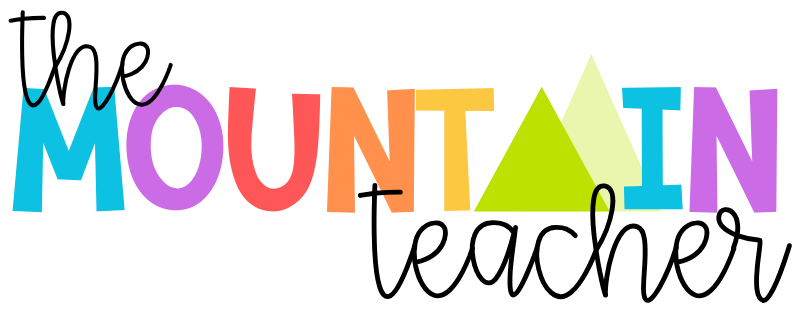How to Teach Money in 2nd Grade

Show me the money!! Honestly, I used to dread the money unit. However, after many years of teaching money in 2nd grade, I finally learned to LOVE it! Yes.. I love teaching money, and you can too.

Daily Warm Up
The key with money is going slow, and spending as much time as needed mastering a topic before moving to the next. Money very much builds on itself, so it is important not to skip any steps or go too fast.
Following the sequence below, I only ever do 3 problems from the days/lessons before, and one “new” problem to introduce our mini lesson for that day. The 3 review problems are so important for repetition. We go over those answers first, then the new problem, then I go into my mini lesson for the day.
I also make sure students have hands on manipulatives at all times to use when learning about money.

Sequence:
Week One – Counting Coins (start with just pennies and nickels, add dimes, add quarters, practice)
Week Two – One Step Word Problems
Week Three – Two Step Word Problems
The Challenge
I am not going to lie to you.. the entire unit can be a challenge. This is why I will repeat the importance of going slow to achieve mastery. This is also the only year that teaching money is in the Common Core Standards, so it is important not to brush over this unit or rush through it.
The first challenge is quarters. Since 25 cents is a “weird” amount that students can skip count, they need to memorize how much 1-4 quarters is worth. An anchor chart can definitely help with this.
Next, is the strategy of counting coins. There are many and you should let students pick what works best for them. Universally, I teach to start with the biggest coins first, then count down. However, students might also learn to pair a quarter with a nickel to make it an even 30 cents before skip counting, and that works too.

When working on worksheets, coins can look different. This is why I always encourage manipulatives. Have students lay the real coins on top of the worksheet, then count. If they are not using manipulatives, be sure they are coloring in or crossing out the coins they count as they go so that they do not miss any.
One step money word problems can be easy or difficult. Usually, we make an anchor chart showing all of the strategies, and I let them pick whichever strategy they like the most to use, as long as it works. Sometimes students might miss coins. We highlight all of the coins before solving, then cross them out as we go so that we do not forget them. This is another great time to use manipulatives.
Finally, two step problems can be a challenge. Have students write STEP ONE and STEP TWO on their paper to ensure that they do not forget a step.
Center Ideas & Games
There are a lot of options for money centers, and repetition is key.
I like using traditional centers or BOOM cards. BOOM Cards are great because they are self grading and can be used again and again to achieve mastery. If you have not tried BOOM before, read more about it on this blog post.

I Have, Who Has is also a great class game.
Making a play shop where students can buy objects using coins is great realistic practice for students as well.
Anchor Charts
We use anchor charts to introduce each coin with both sides displayed.
I also use an anchor chart showing amounts of quarters.
Finally, I make an anchor chart showing all the strategies to solve money word problems. I will show the students a few strategies of my own, but also allow students to add any strategies they come up with on their own.

Manipulatives
If at all possible, I like to have students bring in their own bags of REAL money for this unit. I tell students exactly how many of each coin to bring, they keep it in a labeled bag, and it is their job to keep track of it for the entire unit. These are a lot easier to use than fake coins, as fake coins can be confusing looking at times. Parents typically do not have a problem with this, as we are talking about less than $5. However, it is important to emphasize students taking care of their own money and to minimize any stealing that might occur.
It is not always possible to use real money, and then it is okay to break out the fake coins. I also always use fake coins in my centers. I do this so I can keep them out all year and because centers can get messy and I don’t want real money all over the room.
Resources & Freebies






What questions do you have about teaching money in 2nd grade?
Please note, this post might contain affiliate links. This means that at no cost to you, I will earn commissions on purchases made on my recommendations.
